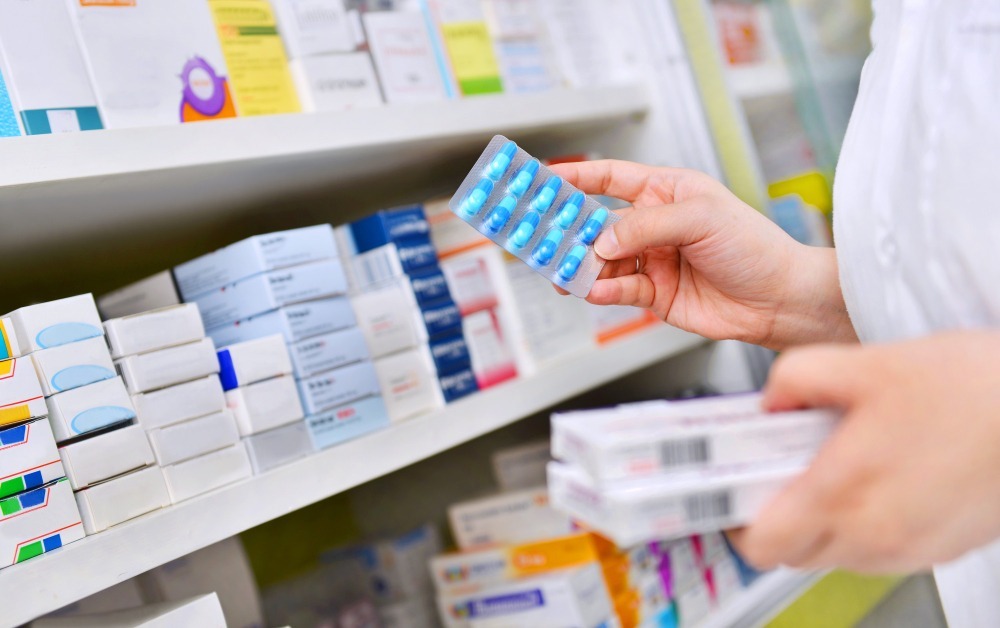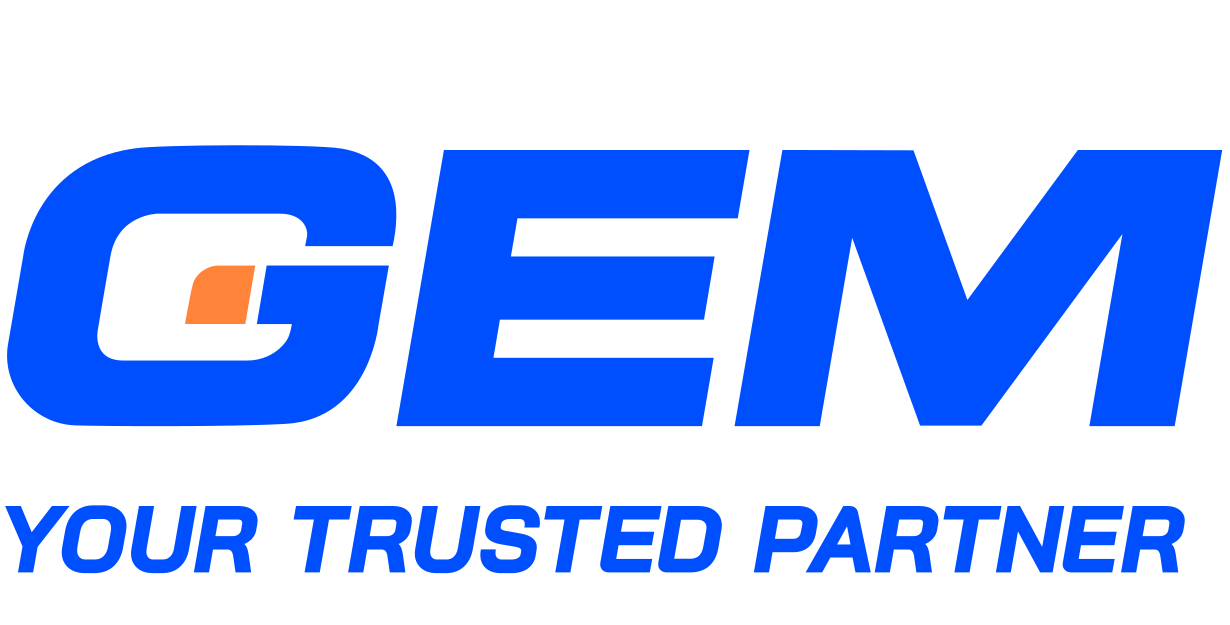Contents

IoT (Internet of Things) is poised to reshape the relationship between healthcare providers, healthcare organizations, and patients.
From connected health to smart health: The rise of IoT-powered gadgets
Improving healthcare quality and ease of access to health records while maintaining reasonable costs is a challenge for healthcare organizations worldwide.
The burden increased due to increased longevity. An aging population is associated with an increase in chronic diseases that require regular visits to healthcare providers. The number of senior residents is to double by 2050.
Moreover, the Covid-19 pandemic has brought a wave of disruption through an influx of patients. Hence, it reduced access to in-person consultations.
Amidst such struggling times, the sector has witnessed a paradigm shift from connected health to smart health.
People are using conventional mobile devices, alongside wearable medical devices such as a smartwatch, blood pressure monitor, etc. and IoT-powered gadgets. The goal is to enable constant patient monitoring and treatment. IoT serves as the core technology behind these innovative healthcare systems.
Let’s take a closer look at some ways IoT enables smart healthcare:
Remote healthcare monitoring
IoT might be the silver bullet to relieve the healthcare system from the burden of the aging population. It enables remote healthcare monitoring. Compared to young adults, seniors are more vulnerable to chronic diseases. When a patient falls prey to a chronic condition, constantly monitoring his or her health metrics becomes compulsory.
That’s where IoT enters the scene. Powering by IoT, wearable devices can monitor senior citizens’ vitals, heart performance, glucose levels, etc., in (near) real-time. Then, it issues warnings to healthcare professionals when abnormalities arise.

Plus, senior care homes have become the vector for the spread of Covid-19. In such a case, remote healthcare monitoring would be an ideal method to cut down on the risk of transmission while ensuring the quality of chronic disease management.
Medication management
Due to their age, elderly patients are less likely to take their prescribed medication on time. IoT devices can notify seniors of the medicine intakes and updating medicine time records. Caregivers will receive an alert should seniors breach their boundaries, which is a common concern for memory-care patients.
Healthcare supply chain optimization
IoT technologies imbue the whole supply chain, from providing raw materials to delivering healthcare products to end-users. It shed light on what used to be a series of hidden, complex processes of multiple providers. Thanks to IoT, manufacturers, wholesalers, hospitals can gain accurate information about a product’s whereabouts and provenance. It creates a single source of truth in the medical care supply chain.
Patient and inventory tracking
According to a survey by Nursing Times, roughly 30% of nurses spend at least one hour finding medical equipment during their shift. That is equivalent to 40 hours per month. Real-time location systems (RTLS), a part of IoT, allow location data to transmit to a centralized server for prompt inventory tracking.

The same goes for people. Medical teams can track the whereabouts of patients wearing IoT-enabled wristbands and deliver relevant information to their families via their smartphones. Hospital staff can also use on-demand alert buttons to ask for help when necessary.
Healthcare delivery drones
IoT-powered drones enable the safe and smooth delivery of medicines, tests, and other medical supplies to those in need. This application is particularly relevant in the current context when social distancing and self-quarantining orders persist in several regions in the world. In 2020, drones delivered vital medical supplies to nearly 2,500 rural health centers in Ghana and Rwanda during the pandemic.
Be aware of the cyber risks
Albeit highly advantageous, IoT deployment can pose challenges to healthcare organizations. There are justifiable concerns about data security and privacy due to the large-scale transmission of health data and records.
For example, a patient’s wearable uploads batches of medical information to cloud storage. Failure to properly configure a security patch on the cloud will result in a vulnerability, enabling hackers to gain entry and steal the patient’s sensitive health data. A viable solution to mitigate such risks is adopting the hybrid cloud approach. Despite such risks, according to a survey by PwC, 90% of healthcare organizations believe the benefits of IoT outweigh its risks.
Closing thoughts
The rising demand in healthcare is driven by a mixture of unstoppable forces:
- increased longevity
- heightened patient expectations
- the never-ending cycle of innovation
- and most recently, the pandemic
Managing and treating patients in such a context is resource-intensive and requires healthcare systems to be more proactive and patient-centric.
That’s why healthcare organizations are on the cusp of a technology transition from hospital-centric to patient-centric with the help of IoT technologies. Incumbent industry players can lead the transition as innovative organizations or resist this inevitable trend and risk lagging.
GEM Corporation is a leading IT service provider who empowers its business clients in their digital transformation journey. Based in Hanoi, Vietnam, GEM is characterized by competent human resources, extensive and highly adaptive techstack, and excellent ISO-certified and CMMi-based delivery process. GEM, therefore, has been trusted by both start-ups and large corporations from many global markets across different domains.
Don’t miss our latest updates and events – Follow us on Facebook and LinkedIn!






